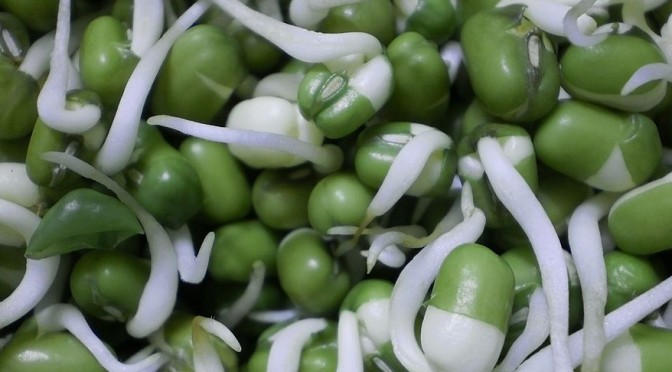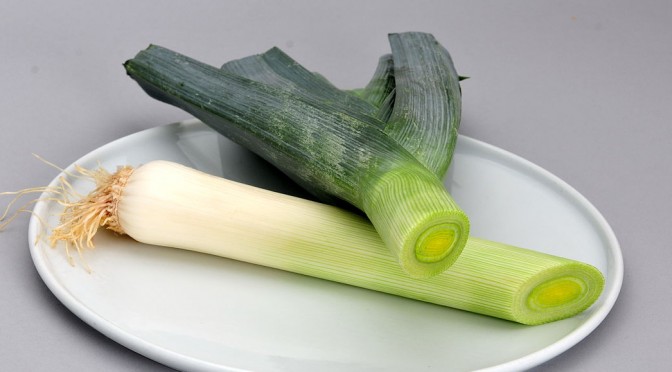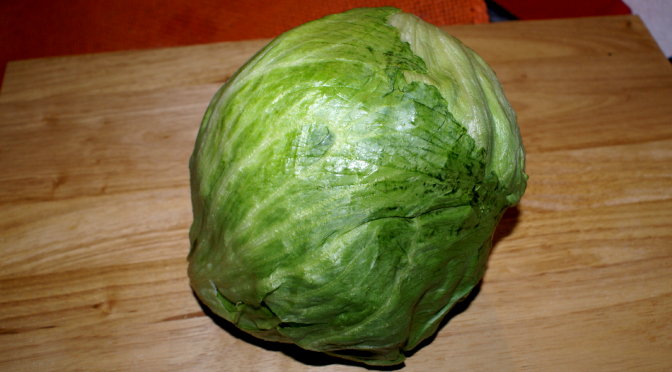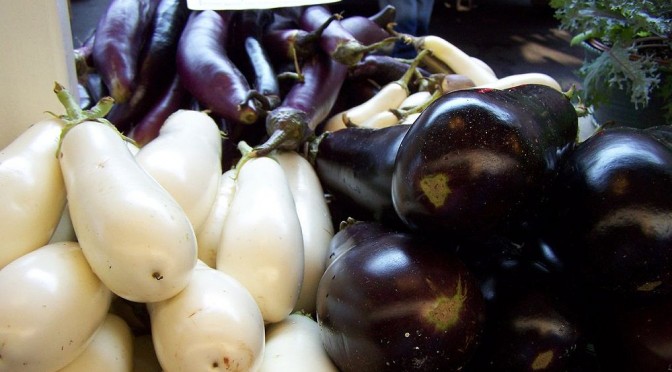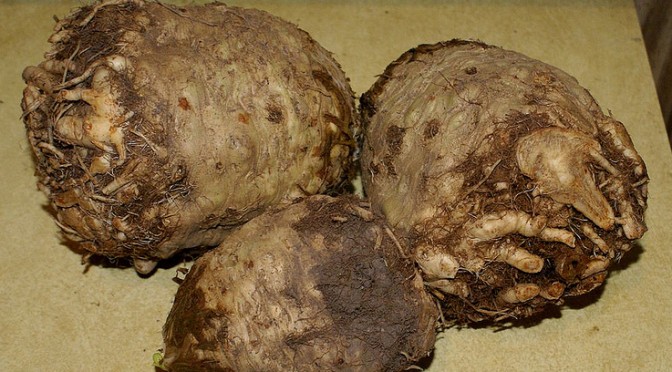Well, not really. I haven’t actually seen a mung bean in my grocery store, so I suspect I will need to visit an Asian market to actually find the bean. But what I do find at the market is bean sprouts and the majority of those consumed in the United States are from the mung bean seed. Those are those delightfully crunchy sprouts that go so well in Chinese food and in salads. But as for the beans themselves, they are also mashed into a mung bean paste that is used in Asian and Indian cooking. What are we missing out on?
Actually, the bean is usually dried for use, then boiled until they are soft. The paste can be made by removing the outer hull, cooking and then pulverizing the beans until they are a dry paste. In some regions of India, the hulled beans are used to make mung dal. Other areas of India season the whole beans with spices and fresh coconut to make sundal.
Chinese cuisine used the whole bean to make a dessert called lǜdòu tángshuǐ. Dehulled mung beans and mung bean paste are used in Hong Kong to make ice cream. Mung bean paste is used as a filling for mooncakes in East China and Taiwan. Boiled and shelled beans are used as filling in rice dumplings that are eaten during the dragon boat festival.They can also be blended into a sweetened beverage.
In Indonesia, the beans are cooked with coconut milk and ginger to make es kacang hijau, which is a porridge-like dessert. Monggó guisado or balatong is a Filipino stew of whole mung beans with prawns or fish. Again, mung bean paste is used to make a sweet pastry called a hopia that is popular in the Philippines, Indonesia and Guyana, where it is called a black eye cake.
History
Since ancient times, the mung bean has been grown in India and is now widely grown in southeast Asia, Africa, South America and Australia. It seems to have been cultivated in the United States as early as 1835 where it was known as the Chicksaw pea. Although the beans are widely grown for human consumption, they can also be used as a manure crop and as forage for livestock.Of the fifteen to twenty millions pounds of mung bean consumed annually in the US, nearly 75% is imported. The rest is primarily grown in Oklahoma.
The mung bean sprouts are what we see most often in groceries. They are high in protein, calcium, phosphorus and some vitamins as well as low calorie and low carb. This makes them very important for providing protein in areas where people don’t have many other sources.

Nutrition information
Mung Beans 1 tablespoon
Calories: 45, Fat: 0.2 g,Net Carbs: 5.9 g, protein: 3.1 g
Bean sprouts 1 cup
Calories 31, Fat 0 g, Net Carbs: 4 g Protein: 3 g
Recipes

Here’s a trio of recipes on Skinny Girl that use bean sprouts in them. I think I need to expand my use, although I do use them often in salads.
Egg Foo Yung
Orange Chicken
Asian Fusion “Dirty” Rice
All comments relevant to my posts are welcome. SPAM is not. If the post has nothing to do with my site content, it will not be posted.
Information for this article came from Purdue University – Alternative Field Crops Manual, Wikipedia, Food for Life, Food for Awakening
Top Photo from Wiki Commons, used with permission – “ചെറുപയർ മുളപ്പിച്ചത്” by Edukeralam, Navaneeth Krishnan S – Own work. Licensed under CC BY-SA 3.0 via Wikimedia Commons

